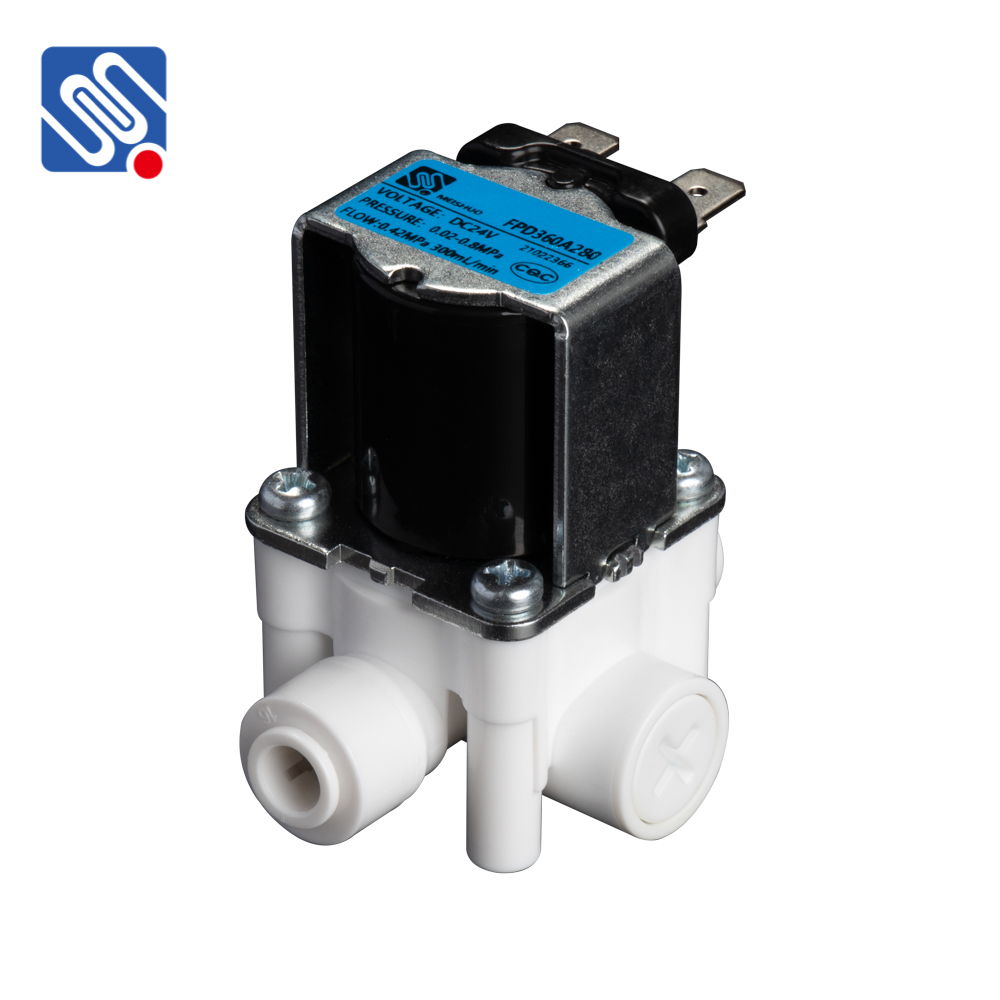DC Solenoid Valves are essential components in modern automation systems, enabling precise control over fluid flow. These valves function using an electromagnetic mechanism, offering a reliable solution for various industries. This article explores the working principles, applications, advantages, and features of DC solenoid valves to help understand their role in industrial and consumer sectors.

What is a DC Solenoid Valve? A DC solenoid valve is an electromechanical device that controls the flow of liquids, gases, or steam in pipelines. The valve operates by using a solenoid (a coil of wire through which current passes to generate a magnetic field) that moves the valve’s plunger. When current is applied to the solenoid, the magnetic field created either pulls or pushes the plunger, which then opens or closes the valve, allowing or blocking the flow of fluid. Unlike AC solenoid valves that are powered by alternating current, DC solenoid valves operate on direct current (DC). This difference makes them ideal for applications where low power consumption is crucial or where a DC power source is already in use.